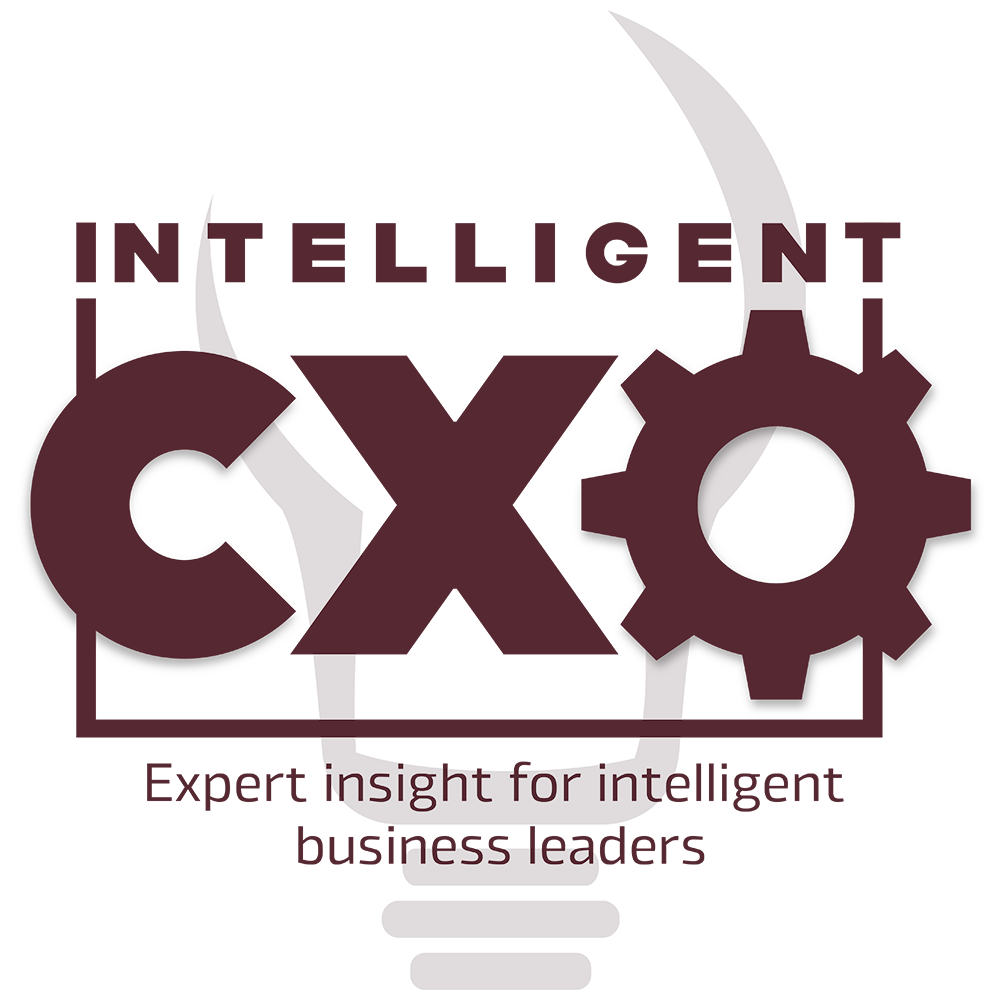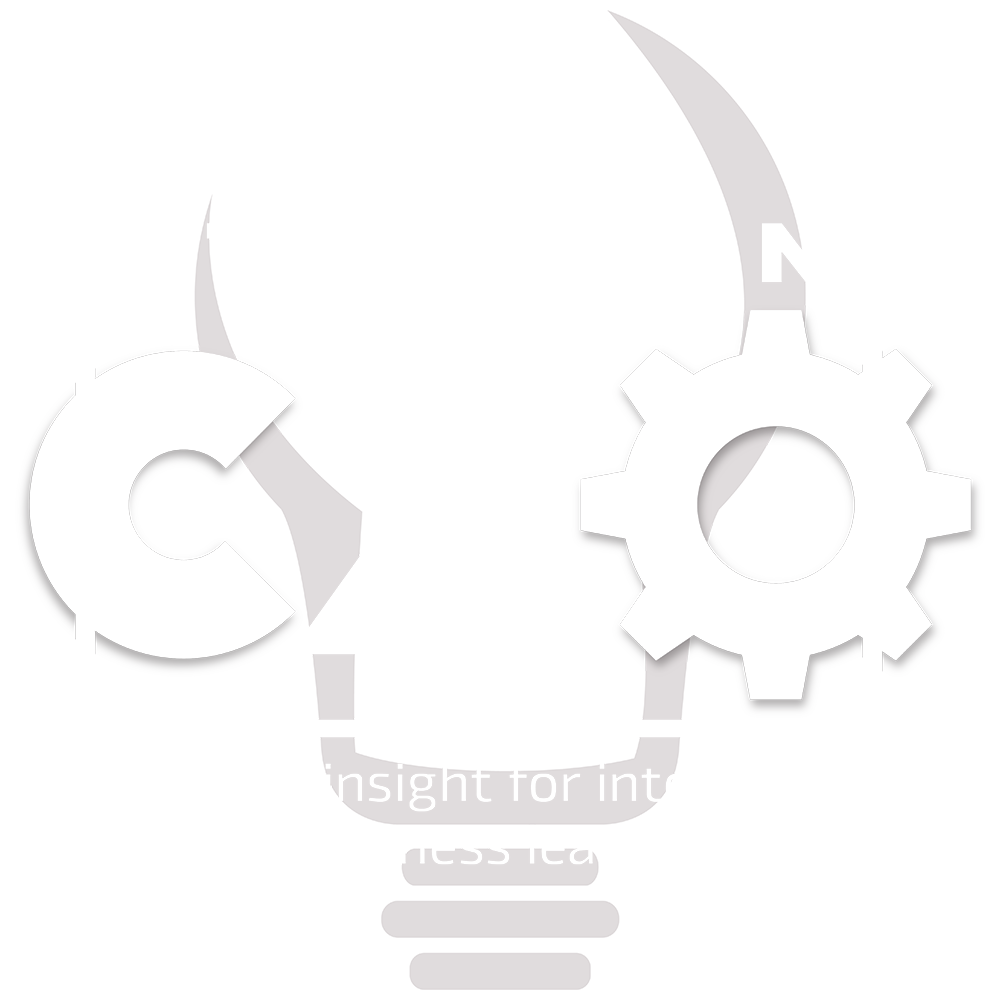Chibeza Agley, Co-founder and CEO at OBRIZUM, talks to us about how healthcare organisations can address inefficiencies in their current training process, saving costs and time, as well as alleviating pressures staff are facing.
Learning sits at the heart of evolution and success for organisations across all sectors. One of the biggest challenges facing several industries today is under-resourced teams and widening skills gaps – some more than others.
It is well-publicised that healthcare workers are operating long hours due to stretched resources and increased patient demand. With such a pressing need to upskill existing and prospective staff, finding time for training courses is essential to ensure that staff are on top of the latest illnesses and ailments, and knowing how to deliver the treatments needed to take due care of their patients. Yet, finding time to do so is almost impossible due to the unrelenting time constraints they face.
Inefficient learning is holding the healthcare industry back from operating at its true potential.
In such a fast-paced environment, it’s almost impossible to create or manage, curate and deliver resources quickly enough to match the skill development needs of the workforce. It’s also clear that providing stock training material is no longer fit for purpose to meet the different background knowledge, know-how, experience, interests and objectives that each individual has.
When time is money – and when errors can lead to genuine patient harm – organisations cannot afford inefficiencies. Human capital costs are normally the highest outgoing expenses in any company, so not having a highly trained workforce that are confident in their roles can cost organisations hundreds of millions a year.
Healthcare organisations must evolve to keep pace with the world they operate in. This requires a shift in the approach towards the learning and development of staff.
It’s time to abandon the age-old, one-size-fits-all learning programmes and replace them with something far more adaptive.
Why is linear learning ineffective?
The majority of digital learning courses are delivered in a linear way, where learners consume content in a predefined order. Essentially, it provides a step-by-step exposition of a subject, typically divided into chapters or modules, with the level of complexity increasing as the user progresses through the course.
Most linear programmes today are measured based on completion data: Have they completed the course, or have they not? Naturally, this delivers a very limited overview of the programme’s effectiveness.
By providing learners with access to the same resources at the same time, the perception is that the linear learning approach will result in all participants developing the same knowledge at the same point in time.
But experience has shown us that this simply isn’t practical.
The impact on healthcare organisations
As we’ve established, the fundamental concept of linear learning is flawed as it doesn’t account for unique learning patterns and pre-existing knowledge baselines.
So, if the course is too challenging, it can overwhelm the less experienced learners. But backtracking through the basics for beginners can often lead to advanced learners becoming disengaged.
There is no such thing as an ‘average’ learner. Yet all too often these programmes are constructed against averages.
There is practical evidence that averages do not work. For example, the US Air Force commenced a project to redesign a plane’s cockpit in the 1950s where they employed researchers to measure over 4,000 pilots on 140 dimensions of size (height, arm circumference, the distance between eyes, etc). However, by using dimension averages to build the cockpit model, not a single pilot fit the new measurements once it was complete.
If we relate this example to the healthcare industry, placing a senior doctor with 30 years of experience in the field and a recently qualified junior doctor on the same training programme at the same starting point is nonsensical. It fails to account for the abundance of hands-on experience and industry know-how that the more senior individual will have acquired in their career to date.
You wouldn’t prescribe the same treatment to patients with different ailments, so learning must be considered in the same way.
Adaptive learning: The ‘magic pill’
While it is true that different needs require different treatments, adaptive learning is as close as there is to a ‘magic pill’ in learning and development processes.
Much like the wider developments we’ve seen in the healthcare industry in recent years, there have been moves to upgrade the traditional approach to learning. One of which is the recommendation functionality – this typically involves a series of manually tagged programmes and courses that are suggested to a learner based on their roles, skills, peers and preferences.
Alternatively, organisers are required to run a manual pre-assessment on all participants before the individuals begin the course. Based on how well they scored on completion, each learner is then moved into the next course, creating a ‘decision tree’ style of learning where each course requires predefined labelling. As a more tailored approach than the one-size fits all method, this creates additional decision-making requirements for the programme leaders to decide which participants follow each path, at each stage.
The effective delivery of digital learning programmes should be considered much like a Sat Nav. By constantly assessing its current location in correlation with the desired destination, it calculates the most efficient route to complete the journey.
Healthcare organisations can use the power of Artificial Intelligence to guide learners through content and assessments based on their experience, existing knowledge and learning speeds. Only with this level of data and analytics can teams deliver personalised journeys on such a granular level at scale. In turn, this helps learners to feel like they’re being supported, rather than lectured.
By challenging participants in areas they have demonstrated competency in and strengthening them in areas they are less proficient in, the adaptive approach is far more effective and efficient, allowing for greater measurement and assessment of knowledge.
Keeping pace with healthcare innovation
How healthcare is delivered has seen an incredible transformation in recent history and it’s time the approach to learning and development follows suit to not only keep pace but elevate delivery to the next level.
When the demand for upskilling workers is so high, the healthcare industry as a whole can no longer afford to waste time and money on training courses that don’t do the job. We all learn in different ways, so non-linear models that take each participant on a truly tailored learning journey is the only effective way of ensuring each individual’s needs are met.
Click below to share this article

